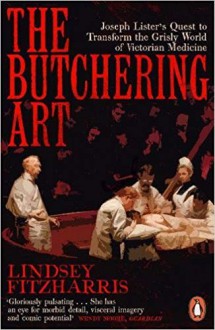
I just finished Chapter 1 over my morning coffee and I really like the writing style. It's to the point and pitched at a level understanding that feels like the author knows he's talking to people who bought this book because they want to find out more, not because they were looking for dramatic effects.
There was one section in particular in this chapter that really made sit up, because it made it very clear that the oceans are still much underrated for the possibilities they offer:
"What kind of biochemical trick did Cloudina use to make its skeleton?
The basic mechanism of all such biomineralization in all skeleton-builders hinges on modifying conditions inside the tissue to encourage chemicals that are generally dissolved in fluid in and around the organism to crystallize out as hard structures. The sea, in general, is so saturated with with ions of calcium (Ca(2+)) and carbonate (CO3(2-)) that calciumcarbonate (CaCO3) can easily crystallize out of it - with no help from biology at all.
Organisms can then encourage this process by tweaking the chemical conditions around them, by concentrating the ingredients. Or they can change factors that affect crystallization, of which one of the most important is the acidity, which is measured on the pH scale, a measure of the concentration of hydrogen ions (H+). The lower the pH - that is the more hydrogen ions, as it's an inverse relation - the more acid are the conditions, discouraging crystallization. Raise the pH in the tissues, though, to give more alkaline conditions, and crystallization is encouraged. Cloudina had clearly evolved an effective biomineralizing mechanism."

 Log in with Facebook
Log in with Facebook 






